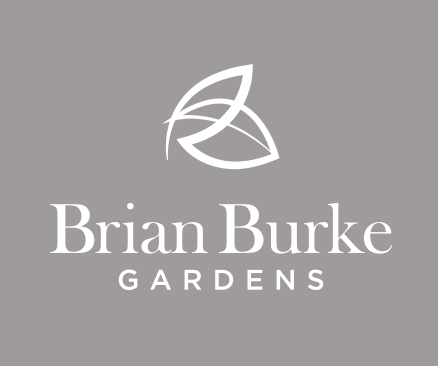We have all seen enough of it by now to know that, for the most part, Facebook is utter nonsense. The painstakingly concocted profiles, the staging, the presentation of a fictitiously idyllic version of oneself. Not to mention the relentless recirculation of hopeless self-help drivel.


But every so often in the blizzard of baloney comes something that demands a bit of attention. And in fairness I’ve been having a bit of a purple patch the last few days, Facebook has thrown up a few beauties. A few beauties I would surely have missed only for it.
First of all we had the post from Mary Jane Butters, well known American organic farmer and environmental activist “ I think we need to take back our language. I want to call my organic carrots ‘carrots’ and let other farmers call theirs a chemical carrot. And they can list all of the ingredients that they used instead of me having to be certified. The burden is on us to prove something. Let them prove that they used only 30 chemicals instead of 50 to produce an apple”
A particular bugbear of mine is how little thought and effort goes into the design of public space, particularly in the suburban setting, and how much more we could be doing to enhance it . Not long after Mary Jane’s wise words I happened upon a beautifully succinct post in the form of a schematic from Biodiversity Ireland detailing simple pollinator friendly measures that could be taken on public land; reduce the frequency of mowing to allow the growth of wildflowers, plant nectar and pollen rich trees and shrubs, eliminate the use of pesticides, cut hedgerows less often to allow flowering.
In the same vein and on the same day I see a blog by Florida based environmental commentator Kevin Songer who has an awful lot to say on the role of green walls and green roofs in our urban environments, on how urban sustainability must be centred around adequate pedestrian infrastructure and be based on foot traffic, on integrating storm water treatment into landscape design, on the disabled perspective on sustainable urban design and on the whole area of verdant streetscapes. These topics have arisen repeatedly on this page.
Facebook was on a roll, a roll that is lamentably the exception rather than the rule.
The appearance of items such as these on Facebook carries more impact than Twitter for the simple reason that they are rarer. On Facebook something good sticks out like a sore thumb on account of it usually being surrounded by worthless garbage.
I follow hundreds of garden and horticulture types on Twitter but am simply swept away by the volume of content being produced. It’s overwhelming. I’ve all but thrown my hat at Twitter, I’m sure there is great stuff to be had but I haven’t the time or patience to sift through the avalanche and find it. I could maybe handle Twitter if they had a posting amnesty every other day to give us all a chance to regroup and catch our breath. That’s not going to happen.
With Facebook the filtering is already done by virtue of pretty much everything else that’s up there being no good. Also the way the feed appears makes it relatively easy to eliminate what’s not for you at a glance. Not so with Twitter, the link typically gives no real indication as to what you are dealing with meaning you need to open each one to find out. With a hundred new tweets per minute landing on the screen and a questionable broadband connection, this is something I tired of very quickly.
The past week is not what you would call typical so it’s going too far to say that Facebook has redeemed itself. But it has reclaimed a shred of credibility, at least until the next photo of a setting sun captioned with an Oprah Winfrey quote.
Any second now.

Leave a Reply